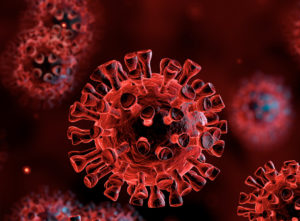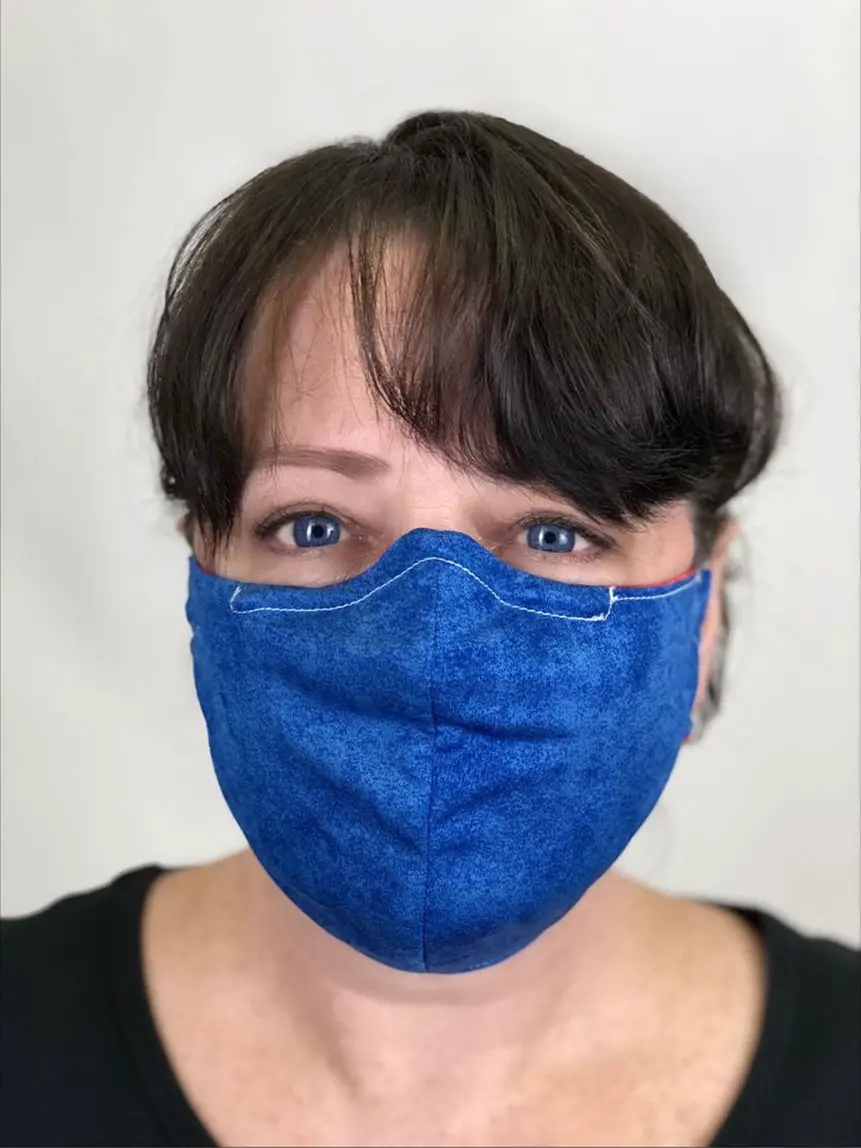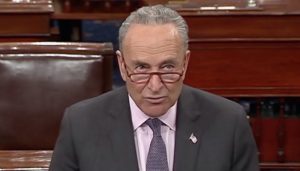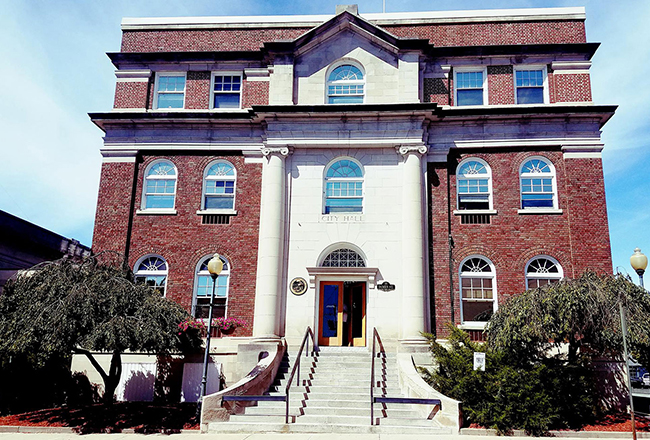Fairfield and New Haven counties continue to be flat when it comes to COVID-19 cases, Gov. Ned Lamont said today, while Hartford County continues to ramp up.
 Nevertheless, he said, another of the state’s periodic “catch-ups” with virus-related data found some of the numbers increase by eye-catching amounts.
Nevertheless, he said, another of the state’s periodic “catch-ups” with virus-related data found some of the numbers increase by eye-catching amounts.
Statewide, another 5,726 tests were recorded, which resulted in 2,109 more positive cases, bringing those totals to 69,918 and 22,469, respectively. While hospitalizations rose by just 23 to 1,972, deaths rose by 121 to 1,544.
Similarly, Fairfield County’s number of positive cases grew by 1,411 to 9,883, and deaths rose by 40 to reach 584.
The additional numbers also dramatically increased some municipalities’ totals of positive cases. Norwalk added another 394, putting its total at 1,358, while Danbury added 455 for a total of 1,297.
Stamford still has the most positive COVID-19 cases in the state, with 2,167, followed by Bridgeport (1,514), Norwalk, Danbury, New Haven (1,253), Waterbury (953), Hartford (751), Greenwich (595), West Haven (580), Hamden (476) and Stratford (461).
IMPACT OF NEW FEDERAL AID BILL
Lamont lauded the U.S. Senate’s passage of the $480 billion coronavirus aid bill ”“ dubbed “Phase 3.5” in some quarters ”“ yesterday, which the House is expected to approve on Thursday.
The governor noted that the state’s estimation of lost revenues this fiscal year, which ends June 30, remains about $500 million, roughly 15% of which is not reimbursable by the federal government.
“We’ll see whether the states get any more money in the next (federal) bill,” the governor said.
Senate Majority Leader Mitch McConnell (R-Kentucky) said today that he prefers states facing financial troubles arising from the COVID-19 response and costs associated with their public employee pensions costs to file bankruptcy rather than receive a federal bailout.
“Marie Antoinette said, ‘Let them eat cake’,” Lamont quipped. Rather than complain about how the federal government acts, “We will focus on what we can do to control our own destiny,” he said.
Lamont also noted that, while $4.15 billion from the Small Business Administration”™s Paycheck Protection Program (PPP) has been approved for over 18,000 Connecticut small businesses, “another 15,000 small businesses got frozen out. They”™ll be in the queue” for this new round of funding, he said.
Department of Economic and Community Development Commission Deputy Commissioner Glendowlyn Thames added that “Phase 3.5” provides $310 billion in additional lending authority to the PPP, $60 billion of which will be set aside for smaller lenders.
Those already in the PPP queue should check with their banks by late Thursday/early Friday, she said, urging those businesses that have not yet applied to do so during that same time frame.
Thames repeated that the DECD anticipates having the funding from its Recovery Bridge Loan Program delivered to approved applicants by the end of the month.
FASANO QUESTIONS PPE STRATEGY
State Senate Republican Leader Len Fasano (R-North Haven) wrote to the governor today, expressing concern about the state’s policies for buying personal protective equipment (PPE).
“We know Connecticut has missed out on purchasing very large supplies of PPE as a result of our state’s refusal to pay for the supplies upfront,” Fasano wrote. “In multiple situations, Connecticut has asked suppliers to ship supplies to Connecticut first and then receive payment multiple days after receipt. Suppliers have rejected this policy and moved on to supply equipment to other states which did not take issue with paying for the supplies before receiving them.

“Nursing home workers continue to report that they do not have the amount of PPE that they need,” the senator continued. “They are facing shortages that have workers and care facilities extremely worried. I understand their concern as more than half of all coronavirus-related deaths in Connecticut involve nursing home residents.”
Lamont rejected the notion that the state has somehow fumbled with its acquisition of PPE, adding, “This is no time to be second-guessing.”
“Not all PPE is the same,” said Josh Geballe, the state”™s COO. While a need for N95 respirator masks and disposable gowns still exists, “less than half of the state”™s ventilators are being used.”
Geballe also rejected Fasano”™s claim that the perceived shortage “will be exacerbated even more by your recent order requiring face coverings by the public. This additional demand on PPE supplies will result in added pressures in obtaining PPE for our nursing homes and skilled nursing facilities.”
That executive order “is not adding to the concern at all,” Geballe said.
RFP TO INCREASE TESTING
The state has issued an RFP seeking organizations that can help to significantly scale-up Connecticut”™s daily COVID-19 testing capacity as part of the efforts to reopen the economy.
In addition to the current testing of patients and frontline workers who are exhibiting symptoms of the virus, the state is planning to significantly build out its capacity to test people who are not exhibiting any symptoms, including frontline essential workers, and test them regularly, knowing that COVID-19 can be transmitted before people develop symptoms.
The Lamont administration is looking for proposals from organizations that will support sample collection efforts, particularly in urban and underserved communities where significant impacts of COVID-19 have been prevalent, in addition to proposals from CLIA-certified testing labs.
“The sooner we can identify people with the infection, the sooner they can self-isolate and we can trace their contacts,” Lamont said. “That”™s how we will drive infection rates down and prevent rebounds in infection rates as we begin to reopen.”
D.C.: $1 TRILLION PACKAGE ON THE WAY?

With the $480 billion coronavirus aid bill passed by the Senate, attention will now turn to a “big, broad COVID-4,” according to Senate Minority Leader Chuck Schumer (D-New York) during a joint press conference with Speaker of the House Nancy Pelosi (D-California).
“For anyone who thinks this is the last train out of the station, that is not even close to the case,” Schumer said. Democratic priorities in that bill ”“ which some sources say will be in the $1 trillion range ”“ will include aid for state and local governments, election reform, housing assistance, funds for the U.S. Postal Service and “money for a ”˜Heroes Fund”™ for people who are on the frontlines,” the senator said.
A fourth package “is already turning into a much heavier lift than we anticipated just a few weeks ago,” Henrietta Treyz, director of economic policy research at Veda Partners in Bethesda, Maryland, wrote earlier today.
Her investment firm has “pushed out our expected time of passage of a fourth stimulus bill to late May-June 2020 and it is no longer clear to us that a fifth or sixth stimulus bill will also pass this year,” she said.
Earlier this week, analysts at Washington, D.C.’s Beacon Policy Advisors predicted that a bipartisan agreement on a new $1 trillion bill could come “between the end of April and the middle of May.”
THE NUMBERS
As of this writing, there are more than 835,000 positive cases and over 46,000 virus-related deaths in the U.S., with about 77,000 recovered. Globally, there are over 2.6 million positive cases and over 182,000 deaths, with more than 701,000 recovered.






















